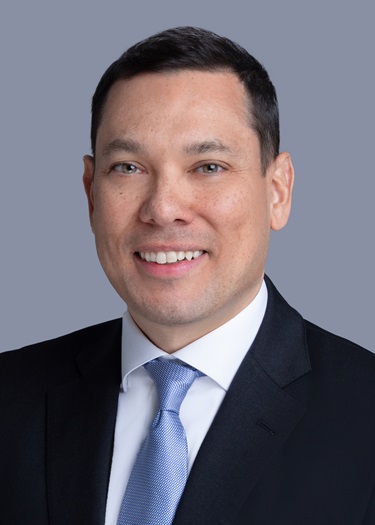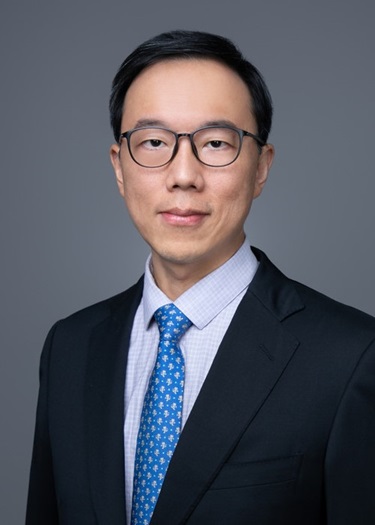Sidley Updates
Hong Kong Implements New Regulatory Framework for Stablecoins
Hong Kong officially launched its comprehensive stablecoin regulatory regime on August 1, 2025. This landmark legislation creates licensing and regulatory requirements for domestic stablecoin issuers administered by the Hong Kong Monetary Authority (HKMA). The following article highlights key takeaways from the newly launched stablecoin regime and a look ahead at the impact it will have on digital asset regulation in Hong Kong.
Baseline regulatory requirements: Under the new regulatory regime, any person who, in the course of business, issues a stablecoin in Hong Kong or issues a stablecoin that purports to maintain a stable value by reference to the Hong Kong dollar (whether in or outside Hong Kong) must be licensed. Stablecoin issuers must (among others) maintain minimum financial resources, including HK$25 million paid-up share capital, HK$3 million liquid capital, and excess liquid capital equivalent to at least 12 months of operating expenses. In particular, only stablecoins issued by licensed entities may be offered to retail investors and must be fully reserved, that is, fully backed by high-quality liquid assets.
Other key regulatory requirements: Arguably the most sophisticated and stringent aspects of the framework center on reserve assets management, reflecting global lessons learned from stablecoin failures and market volatility. Issuers must maintain 100% backing of outstanding stablecoins at all times, with the market value of reserve assets equaling or exceeding the par value of circulating stablecoins. However, the HKMA expects overcollateralization to provide adequate buffers against market volatility, operational costs, and unexpected stresses. The composition of reserve assets follows strict criteria, permitting only high-quality, highly liquid assets with minimal investment risk, and they must be completely segregated from the issuer’s other assets and protected against creditor claims in all circumstances. Acceptable assets include cash, bank deposits with terms not exceeding three months, government and central bank securities with residual maturity of one year or less, and tokenized representations of eligible assets, provided issuers can demonstrate equivalent quality, liquidity, and risk characteristics. Currency matching requirements add another layer of protection, mandating that reserve assets be denominated in the same reference currency as the stablecoin. For multicurrency stablecoins, reserve assets must match the referenced currency proportions.
Investor protections: Under the framework, holders possess an absolute right to redeem stablecoins at par value, with processing required within one business day (unless the HKMA grants a specific consent for delays). Issuers cannot impose unreasonable fees or unduly burdensome conditions on redemption requests. In insolvency scenarios, holders gain additional protection through rights to direct disposal of reserve asset pools on a pro rata basis and claims against issuers for any shortfall if reserve asset proceeds prove insufficient for full redemption.
Prohibitions on certain offers or sales: The regime also contains a general prohibition against the offering, selling, or issuing of advertisements of a stablecoin unless through “permitted offerors” creating a closed-loop system of regulated intermediaries. “Offering” is comprehensively defined as communications, in the course of business, that presents sufficient information to enable recipients to decide whether to acquire stablecoins, covering the stablecoin to be offered, its terms, or its distribution channels. Through the concept of “holding out” the legislation also creates liability even for entities not physically present in Hong Kong but targeting the Hong Kong public. The legislation prescribed five categories of permitted offerors, including the stablecoin issuer itself, authorized institutions (banks), Hong Kong Securities and Futures Commission (SFC)–licensed VA trading platforms or Type 1 licensed intermediaries. This restricted approach ensures that all distributors operate under regulatory oversight, preventing unregulated entities from accessing the stablecoin distribution chain.
What is out of scope? The regulatory framework excludes several categories of digital assets that fall under existing regulatory regimes. The current scope excludes non-fiat-referenced stablecoins, such as those referencing gold or other precious metals, crypto-collateralized stablecoins and algorithmic stablecoins, and stablecoins issued outside Hong Kong that do not reference Hong Kong dollars.
What happens next? Hong Kong’s stablecoin regulatory framework represents a significant milestone in digital asset regulation. Generally, any person who carries on or holds out as carrying on regulated stablecoin activity without a license risks a fine up to HK$5 million and imprisonment up to seven years, plus a daily fine of HK$100,000 for every day the offense continues. However, the framework provides a three-month transitional window for preexisting issuers who conducted regulated activities in Hong Kong before August 1 to submit license applications. Applicants who demonstrate reasonable prospects of meeting the full requirements may receive provisional licenses allowing them to continue operations for a further six months, until January 31, 2026. Entities failing to apply (or receive adverse determinations) enter a closing-down period, during which continued operations are permitted solely to ensure orderly redemption and asset liquidation. In the interim, the HKMA cautions the public of scams involving entities falsely claiming to be licensed stablecoins in Hong Kong to attract investments, misrepresenting themselves in the sandbox, or offering related products.
Attorney Advertising—Sidley Austin LLP is a global law firm. Our addresses and contact information can be found at www.sidley.com/en/locations/offices.
Sidley provides this information as a service to clients and other friends for educational purposes only. It should not be construed or relied on as legal advice or to create a lawyer-client relationship. Readers should not act upon this information without seeking advice from professional advisers. Sidley and Sidley Austin refer to Sidley Austin LLP and affiliated partnerships as explained at www.sidley.com/disclaimer.
© Sidley Austin LLP
Contacts
Capabilities
Suggested News & Insights
- Stay Up To DateSubscribe to Sidley Publications
- Follow Sidley on Social MediaSocial Media Directory

